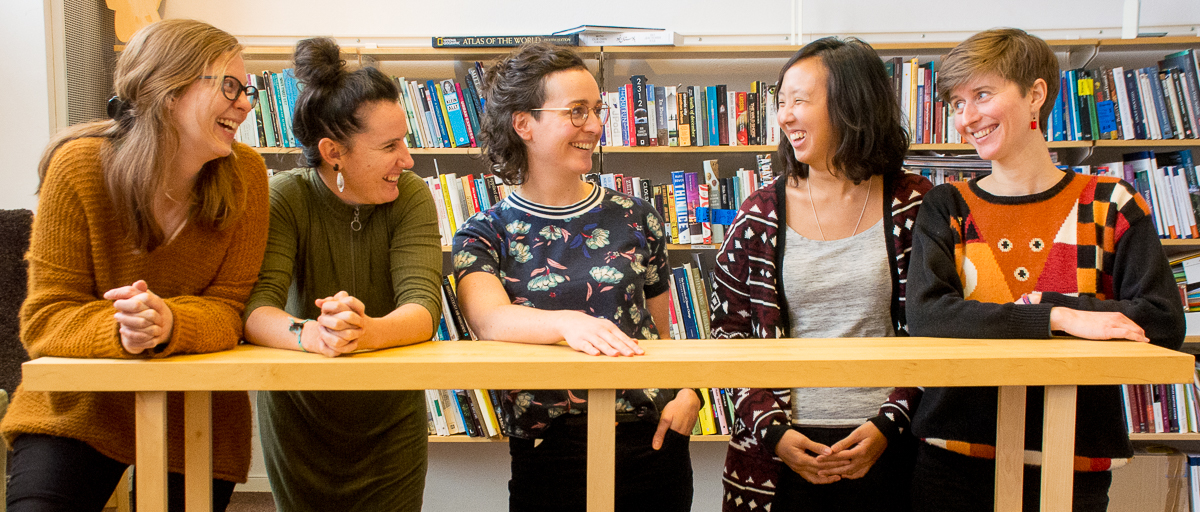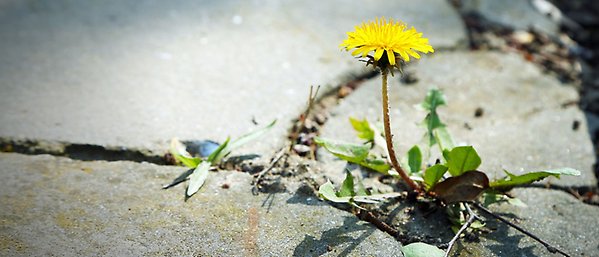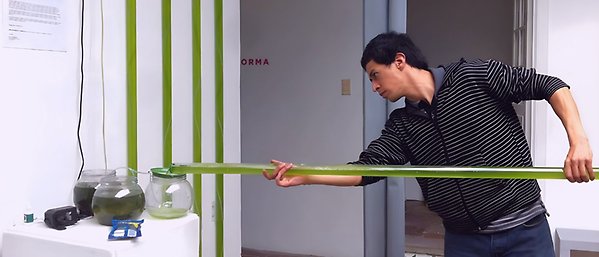INTERNATIONAL WOMEN'S DAY
Gender equality for the post-covid world?

To celebrate International Women's Day, we asked our researchers what it's like to be woman in science, and to reflect on how we can all be allies on the road to equality
Text
It’s International Women’s Day, the day where we take a moment to recognize and celebrate both how far we have come, and how there is still much work to be done when it comes to gender parity and equity.
But this year feels a little different. The corona crisis and its aftermath will go down in history as a period that brought extreme hardship to millions across the world. It has also served as an acute reminder of the specific challenges still facing women today - in both society at large and in science.
As an attempt to inspire women and men inside and outside of the academic community and contribute positively to the wider discussion we have put together a series of reflections.
What are the best things about being a woman in science?
What are the challenges?
And how can we all support positive change?
Breaking ground
PhD researcher Alice Dauriach says that “as a women in science I’m going against thousands of years of discrimination and a belief that women cannot do science, but I am also part of a movement of progress”. She reveals the dates throughout the history of this movement that mean the most to her.
Researcher Laura Pereira talks about the challenges of having to constantly build confidence and resilience. For her one of the best things about being a woman in science is being able to create an enabling environment for other women and girls where they can take their place and build confidence in their ideas.
Johanna Hedlund is a PhD student at the centre. She says that “performance in the academic system still relies on mechanisms that ultimately do not benefit women,” and this needs to change. She emphasises the importance of having a large network of peers to support, mentor, guide and listen to you in the academic journey.
PhD student David Collste urges men to put on their gender glasses, and make sure they don’t fall off. “As we are not as exposed to gender equalities in both science and society we are less likely to see them,” he says. Tackling this requires pro-actively rising to the challenge.
With more and more role models, theme leader Andrea Downing thinks it’s an exciting time to be a woman in science. Despite this progress, she says, we still need radical transformation of the way we do science. And this is not only about including a diversity of people into the mould we already know. It involves breaking that mould and discontinuing certain outdated practices, even if this meets resistance.
Johan Enqvist is a researcher based in South Africa. He is not going to tell you what it’s like to be a woman in science, but as a man he thinks it’s really important to keep listening, reading, and supporting. Being more aware of how gender and other intersecting social hierarchies shape people's experiences not only makes you a better colleague, he says, but also a better scientist.
How gender balanced is your reference list?
Theme leader Jamila Haider recommends the Gender Balance Assessment Tool. “A tool we can all use in our work to celebrate the work of women”.
It gives a breakdown of a reference list and “can help show any biases, which is often towards citing male researchers,” says Haider.








